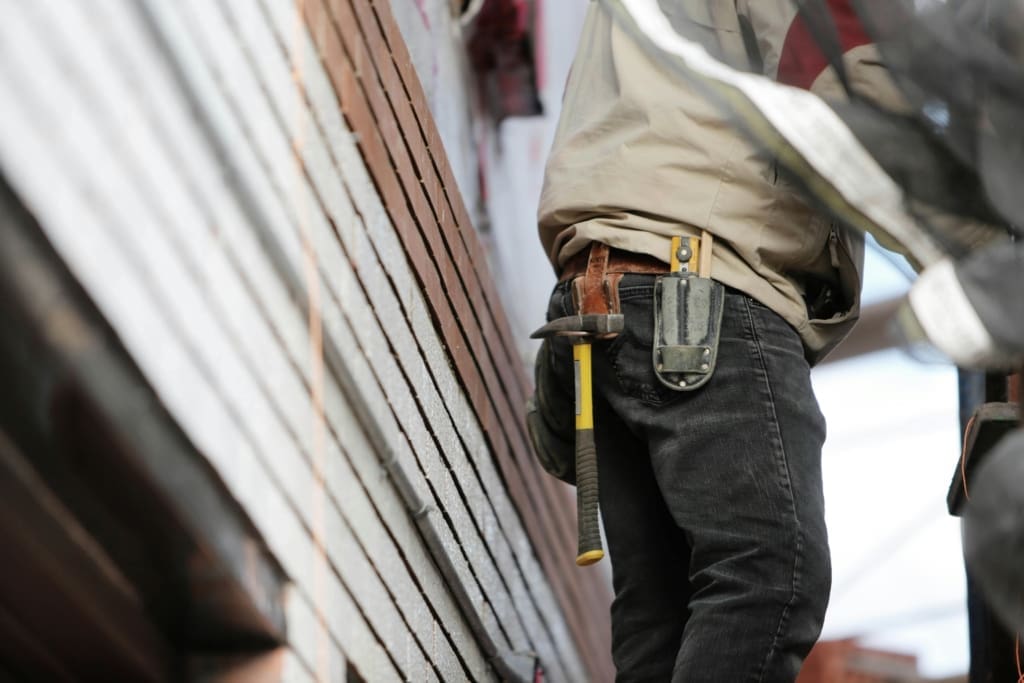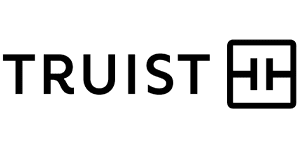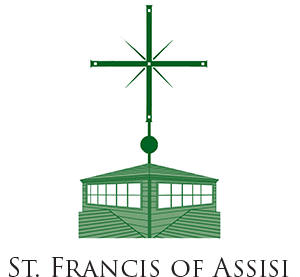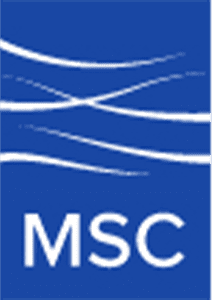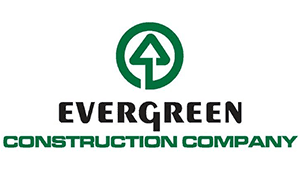The North Carolina Housing Finance Agency (NCHFA) released the list of developments across the state that, combined with other key financing, will receive federal tax credits in order to create or preserve affordable housing across North Carolina. The Low-Income Housing Tax Credit (LIHTC) program is the biggest tool we have to create and preserve affordable housing in the United States. However, housing is not the only impact it has for our state. We know that between 1986 and 2023, over $21.3 billion in wages and business income, and over $7.72 billion in tax revenue was generated due to LIHTC. This tool is not only serving low and moderate income families, but it also stimulates local economies and our state economy.
In the first section of the list, the projects selected to receive 9% Housing Credits have a total unit count of 1,503. Approximately 262 of those units are for preservation, and the remaining will be brand new apartment homes for families, seniors, and our workforce. In order to reach this number, approximately $31.5 million in Housing Credits were awarded, $12.2 in Rental Production Program funding (RPP) and $32.8 million in Workforce Housing Loan Program (WHLP) funding.
The second section of the list displays the projects that will be using 4% Housing Credits and tax-exempt bond financing across our state. Based on this list, over 3,400 affordable units will be impacted, 3,200 will be new construction, and 155 units (1 project) will use the 4% Housing Credit and Bond Financing for rehab purposes.In total, 49 projects were selected to receive housing credits and other financing in order to create or preserve 4,942 rental units for communities in 26 different counties across our state.
Investing in Tools that Work
Thanks to high interest rates and rising construction costs, every single new construction award on the 2025 list required gap financing like WHLP to make it feasible. Gap financing is absolutely vital to creating housing in both rural and urban areas. However, without WHLP’s gap financing, LIHTC’s federal resources would concentrate in high wealth metro counties due to greater odds of financial feasibility, leaving rural counties overlooked. WHLP is also an essential tool for Helene Recovery. Without it, housing in some of the hardest hit areas like Polk, Rutherford, Avery, Watauga, and Henderson counties, may not be viable, which impacts the ability of the workforce and community members to return home or remain in the area.
We highlight WHLP because of its statewide impact and effectiveness since its inception in 2015 to replace the retiring State Housing Tax Credit. More importantly, we are highlighting WHLP because this critical resource for our state is at risk. WHLP has been fully funded for the last two years at a level of $35 million per year. However, without legislative action, it will be zeroed out beginning in 2026, further straining the state’s limited housing resources. Timing is absolutely critical: developers are already scouting sites and putting together proposals for the 2026 cycle. If there is uncertainty about the availability of this funding, rural counties will be bypassed for more financially feasible areas, resulting in lost development opportunities and another year of unmet housing needs in communities facing severe housing shortages.
We urge you to start and/or continue reaching out to your representatives and senators in the NC General Assembly and urge them to restore WHLP so that rural areas remain competitive and are included in statewide recovery and growth.
Keep an eye out for a sign-on letter that we will be releasing in the coming weeks. You or your organization may sign on in support of the NCGA restoring WHLP. This is a critical moment for housing in NC, and we must not let it pass.

